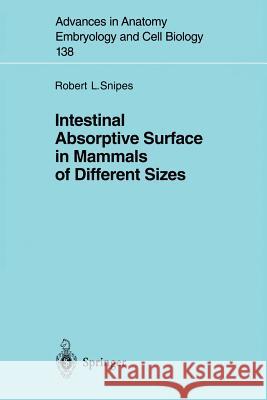Intestinal Absorptive Surface in Mammals of Different Sizes » książka
Intestinal Absorptive Surface in Mammals of Different Sizes
ISBN-13: 9783540629863 / Angielski / Miękka / 1997 / 90 str.
1. 1 Scientific Aims In recent years, there has been a definite trend away from the casuistic scientific thinking which has dominated the scientific world, at least in the field of medicobi- ological research. Now, in the last decade of this century, scientists are returning to a conceptual way of thinking that characterized the beginning of this century, namely organismal thinking. The holistic concept is not a new one; it was rekindled by a small group of scientists who, in the previous two decades, have begun to warn against too great an emphasis being placed on a molecular casuistic approach as the final pursuit to science (see Duncker 1983). These thinkers were perhaps instrumental in helping to turn the tide, to instruct and encourage fellow researchers to extend their findings from the molecular and to the organismal (see Duncker 1983, 1992a, b; Duncker and Kreite 1987). Having observed the ceca of many different animals for many years and having described their morphology at different levels of study -from the macroscopic to the electron microscopy level - the need to compare and observe these morphological entities in a quantitiative way became increasingly imminent. Quantitative methodol- ogy in morphology requires the use of morphometry, which in the most general terms can be described as the measurement of the forms of animals. As defined by Reith and Meyhew (1988), it is quantitative morphology, i. e., the measurement of structures by any method, including stereology.











